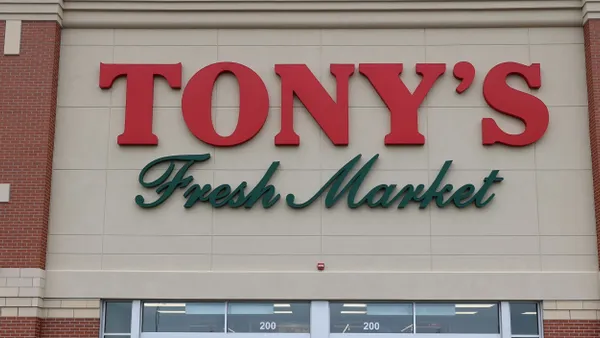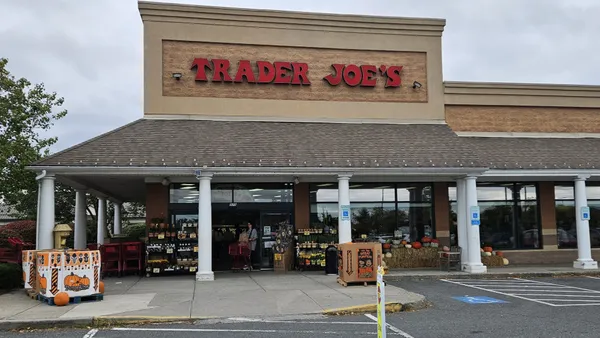Few places were better visual representations of pandemic-induced supply chain chaos than grocery stores, where consumer stared down empty shelves of toilet paper and price spikes for everything from eggs to lettuce.
The Federal Trade Commission examined these supply chain shocks in a study published last month, exploring how pandemic-related disruptions impacted the grocery supply chain, and consequently, competition among retailers, wholesalers and producers.
In addition to examining publicly available data on industry costs and revenues, the FTC issued orders to nine companies, including grocery retailers, producers and wholesalers, to better understand their responses to supply chain challenges.
Disruptions included glitches in transportation and trucking, labor shortages, raw material and input constraints, and sudden shifts in consumer demand, according to the report.
These challenges showcased the overall dependence of the industry on a small pool of suppliers, the FTC reported. As the pandemic continued to disrupt operations, firms began strategizing supplier alternatives in a bid to protect themselves from overly concentrated markets and take firmer control of their product supply.
The study also revealed how bottlenecks escalate supply chain shocks for businesses and consumers. These challenges can then create opportunities for large retailers to influence and distort product supplies and pricing during shortages, enabling them to absorb market power.
Read on for three takeaways from the FTC’s study on the lasting impacts of pandemic disruptions on the grocery supply chain.
1. Consolidated supply chains are a liability
After historically using a just-in-time stocking model for products, retailers began to focus on strengthening their supplier bases during the pandemic, particularly for private-label products. But maintaining stock levels of private-label goods proved challenging when those products were only available from one or two suppliers, leaving companies vulnerable to shortages.
As an alternative option, some retailers considered directly manufacturing these products themselves. However, this can create market fragility as not all companies can self-supply.
Acquisitions in the space also bring challenges, as when a large company buys one of only a few producers, it leaves less product availability for the rest of the market.
2. Supply chain disruptions changed trade promotion dynamics
In the grocery industry, producers provide funds to retailers and wholesalers to promote their goods, whether it be shelf space, prominent placement, discounts or other strategies, the FTC reported. This changed during the pandemic as producers couldn’t fulfill outstanding orders amid sudden supply shortages.
The sudden reduction in trade promotion funds sent ripples throughout the industry, lowering manufacturers’ promotional spending on short-supply items and hitting a significant revenue stream for many wholesalers and retailers.
Some retailers fared better than others. For instance, “Every Day Low Price” retailers like Walmart were less affected because they rely less heavily on promotions and sales.
Both pricing models are expected to remain common.
3. Larger firms leveraged policies to pressure suppliers
Products with limited supply are typically put “on allocation,” or limitedly distributed, according to the FTC, which happened occasionally prior to the pandemic. But as producers and wholesalers were swamped with more orders than they could fill, allocating available product across customers became a bit more challenging.
The study reported that in some cases, large customers pressured suppliers on allocation decisions to improve their access to specific products. As an example, some large customers used “on time and in full delivery policies to pressure their suppliers to favor them over rivals.” This incentivized suppliers to allocate products in short supply to customers that imposed OTIF penalties.
Although OTIF policies were suspended early in the pandemic, wholesalers and retailers adjusted their requirements and penalized suppliers for incomplete or late deliveries. More than half of consumer-packaged goods companies reported that retailers tightened their OTIF requirements, including Walmart.
Meanwhile, smaller retailers were faced with less product than their larger competitors, leaving them at a disadvantage, according to the report.














